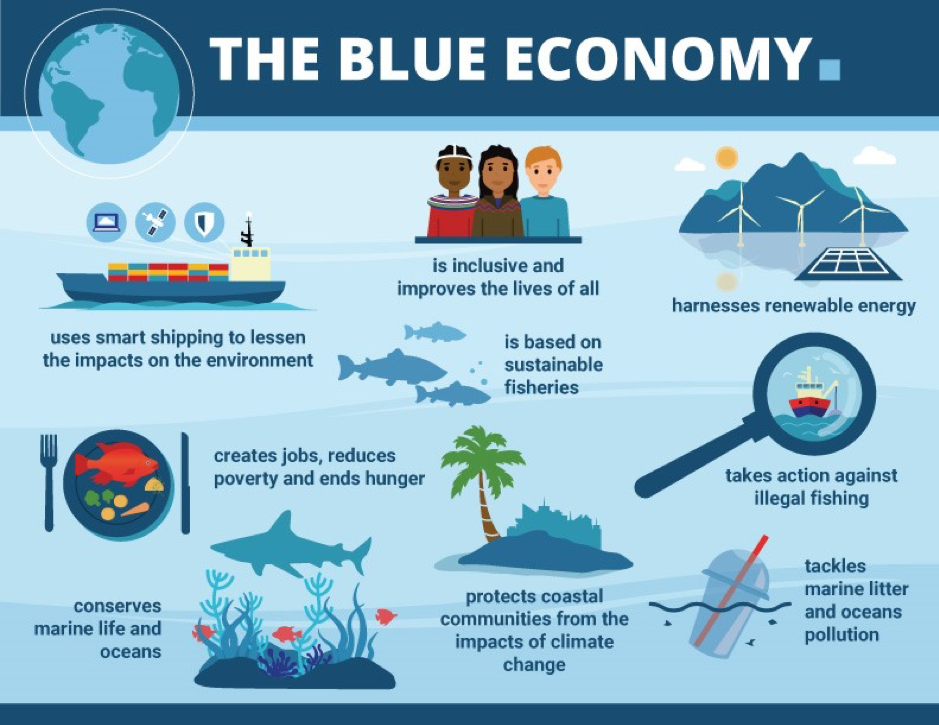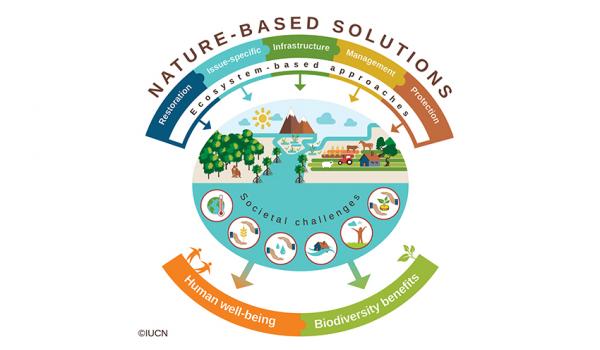In the midst of climate change ravages, ecosystem anomalies of resistant locations to climate change are popping up all over the globe. Marine ecosystems, in particular, are showing much more strength than previously anticipated. Climate change has devastated much of the marine world, particularly coral reefs which are thought to be some of the most sensitive ecosystems in the ocean. Apparently, some are hidden ninjas.

Bright Spots are climate change ninjas!
Over the years researchers have studied the varying effects climate change has on ocean life, but there has been an overwhelming opinion that some sea life has resisted. Coined as “bright spots” these areas have shown persistence under severe climate shifts. For example, in Western Australia there is a reef that lost nearly all of the live coral due to bleaching, a staggering 90 percent! After 12 years, however, it had regenerated nearly 45 percent of its original size. Cases like this can be seen all over the world and not just with coral!

California is known to take the brunt of El Niño effects which can destroy kelp forests due to strong currents and changing oceanic temperatures. Kelp forests are essential habitats for a variety of species and are extremely valued as ecosystem structures. After one such devastation in California it only took 5 years for that kelp forest to bounce back, where as other locations have taken significantly longer.
Understanding and highlighting these areas could prove to be extremely useful to conservation scientists as we try to understand the environmental factors that foster this resilience to climate change. Could it be the water temperature, species diversity, salinity, pollution levels, etc.? There are several variables that could contribute to a particular ecosystem thriving under intense diversity. That blueprint could be invaluable for developing a better conservation narrative.
Of course, there are some instances that surely cannot be recreated around the world, like unique hydrological conditions. But there are principles that can and would increase the probability for climate change resilience. In particular, protecting the unique areas that do fare better, like the aforementioned coral reefs and kelp forests. These “unique” areas could be a stepping stone in helping ecosystems bounce back after natural disasters. Protecting these “unique” natural pockets by reducing or completely removing additional stressors such -as pollution and runoff- might enhance the overall stamina of the entire ecosystem.
We need to enhance protection of Bright Spots
By no means does this article suggest that we can all sit back, relax and enjoy the ride, and the coral reefs will be just fine. They won’t. Not without our continued focus helping to increase environmental resiliency . What this article does highlight is the “unique” resilience to climate change of particular species within an ecosystem that could potentially aid the entire environment as a whole. These things, as we’ve seen, can take time but there is always the hope of what we can do now.
Climate change has no time for instant gratification. Things will take time. We may not see instant results, but the challenge is to think five steps ahead from where we are now. We have seen what nature is capable of. We just need to help it along in every step we take.
What you do today WILL have an effect on tomorrow! Choose wisely.



